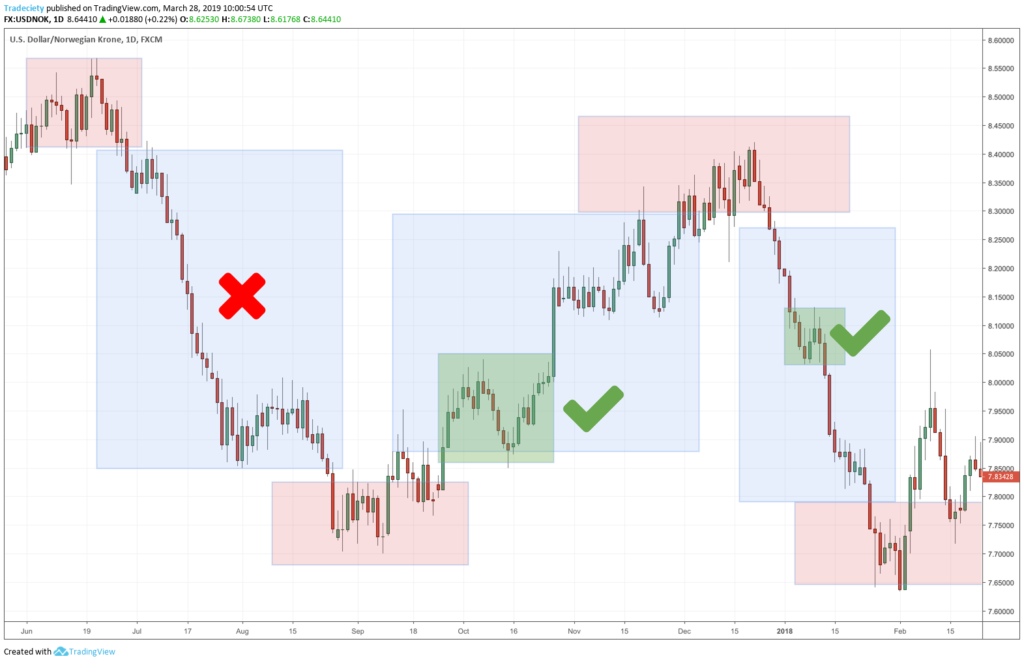TRADING STRATEGIES

Trading Strategies: A Guide to Successful Trading
Trading strategies play a crucial role in the success of any trader. These strategies help traders make informed decisions, manage risks, and maximize profits. In this article, we will discuss some effective trading strategies that can help you excel in the trading world.
1. Trend Following Strategy
One popular trading strategy is trend following. This strategy involves identifying and following the prevailing market trend. Traders using this strategy aim to enter trades in the direction of the trend and ride the momentum. They use indicators like moving averages or trend lines to identify the trend and find entry and exit points.
By following the trend, traders can take advantage of market movements and increase their chances of making profitable trades. However, it is essential to remember that trends can change, and traders should have a clear plan for exiting a trade if the trend reverses.
2. Breakout Strategy
Another effective trading strategy is the breakout strategy. This strategy involves identifying key levels of support and resistance and entering trades when the price breaks out of these levels. Traders using this strategy believe that when a price breaks through a significant level, it will continue in that direction.
To implement this strategy, traders can use technical indicators like Bollinger Bands or chart patterns like triangles or rectangles. By carefully analyzing price movements and identifying potential breakouts, traders can take advantage of significant market movements and generate profits.
3. Risk Management Strategy
Regardless of the trading strategy you choose, it is crucial to have a robust risk management strategy in place. Risk management involves setting proper stop-loss and take-profit levels to limit potential losses and protect profits.
Traders should also consider their risk tolerance and allocate an appropriate portion of their capital to each trade. By managing risks effectively, traders can minimize losses during unfavorable market conditions and preserve their trading capital for future opportunities.
Common Trading Strategies:
Trend Following:
- Capitalizing on prevailing market trends by entering positions that align with the established direction.
Range Trading:
- Identifying key levels of support and resistance and executing trades within these boundaries.
Day Trading:
- Opening and closing positions within a single trading day to capitalize on intraday price movements.
Swing Trading:
- Holding positions for several days or weeks, aiming to capture 'swings' in the market.
Scalping:
- Executing numerous small trades to exploit minor price fluctuations within a short timeframe.
Mean Reversion:
- Betting that an asset's price will revert to its historical average, assuming temporary deviations.
Building Your Own Strategy:
Creating a personalized trading strategy involves a meticulous process of self-discovery, experimentation, and continuous learning. Start by defining your risk tolerance, financial goals, and preferred trading style. Consider incorporating a mix of technical and fundamental analysis, as well as risk management principles. Regularly review and refine your strategy based on market feedback and evolving conditions.
Risk Management: The Backbone of Trading Success:
Regardless of the chosen strategy, effective risk management is the cornerstone of sustained trading success. This involves setting stop-loss orders, diversifying portfolios, and calculating position sizes to mitigate potential losses. Traders who prioritize risk management ensure their longevity in the market by preserving capital and weathering inevitable fluctuations.
In conclusion, trading strategies are essential tools for traders to achieve success in the financial markets. By implementing strategies like trend following, breakout, and risk management, traders can make informed decisions and maximize their profits. Remember to carefully analyze the market, adapt your strategies as needed, and always stay disciplined in your trading approach.
In the intricate world of financial markets, trading without a strategy is akin to sailing without a compass. Trading strategies provide a roadmap, empowering individuals to navigate the complexities of markets with confidence. Whether you're a day trader capturing short-term opportunities or a long-term investor riding market trends, a well-defined strategy is your compass in the vast sea of financial possibilities. Dedicate time to understand various strategies, experiment with what aligns with your goals, and evolve as the markets do. Remember, success in trading is not a destination; it's a continuous journey of adaptation and improvement.
- Pingback: TRADING BASICS FOR BEGINNERS - strategictraderpro.com
Leave a Reply